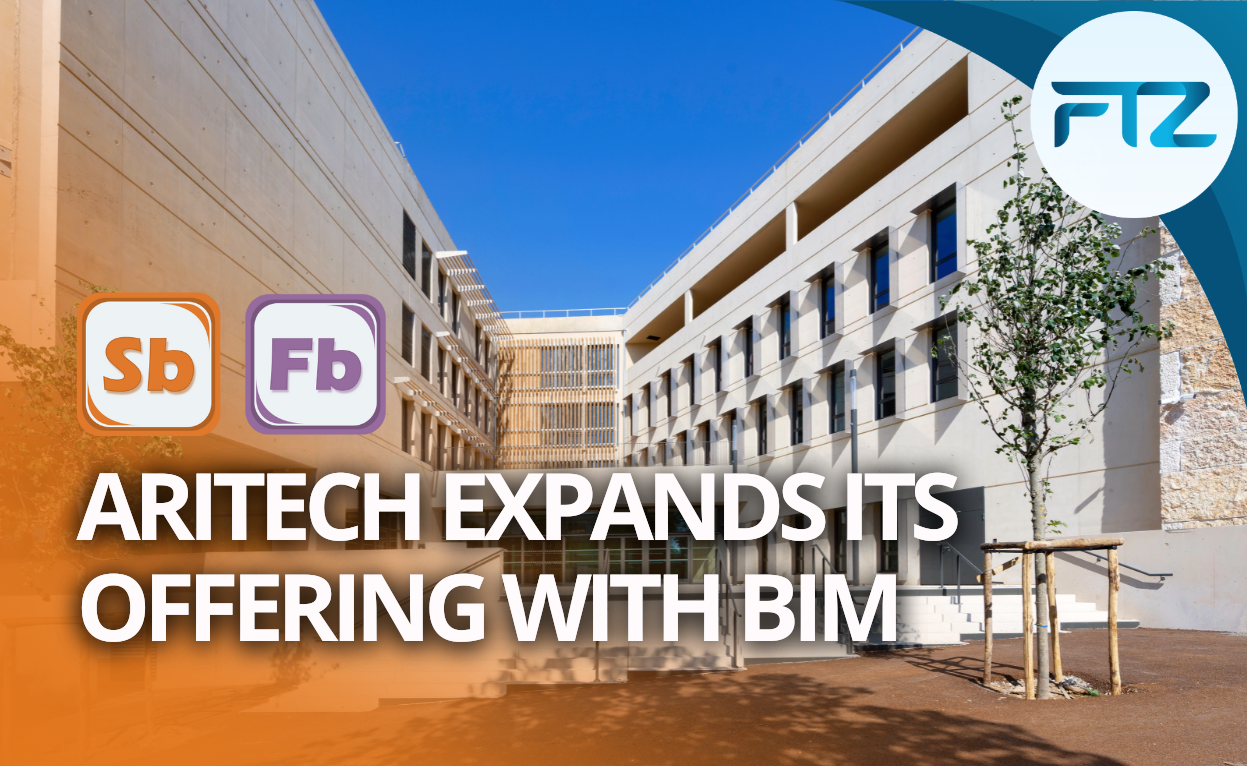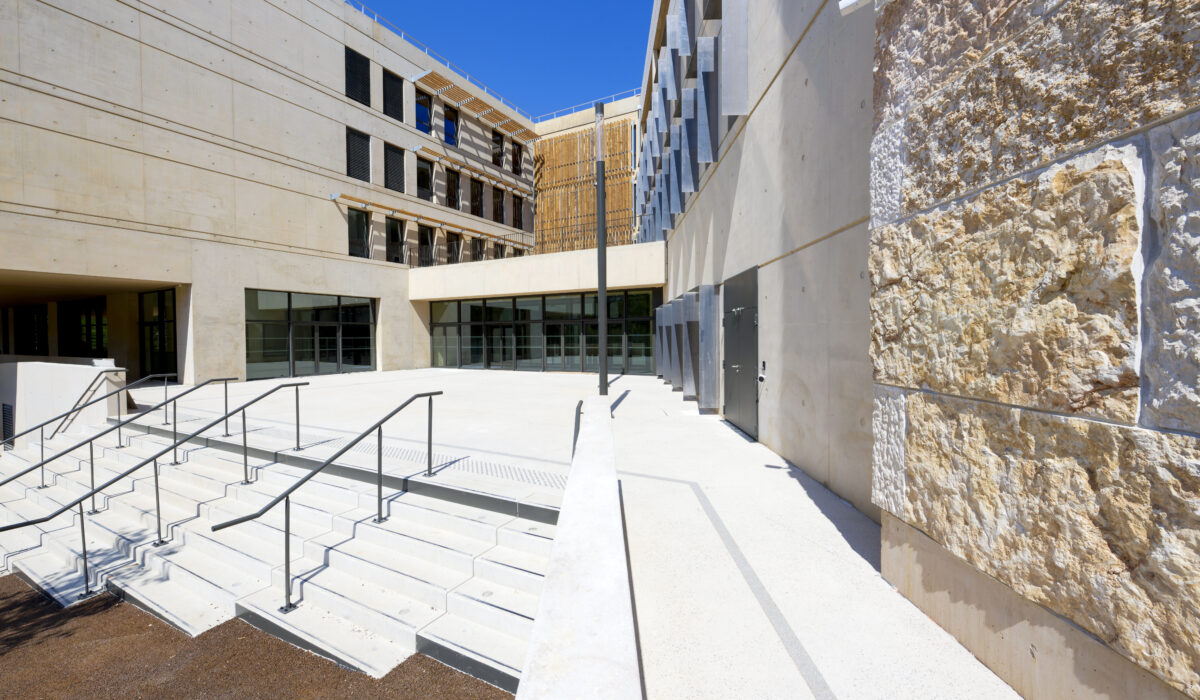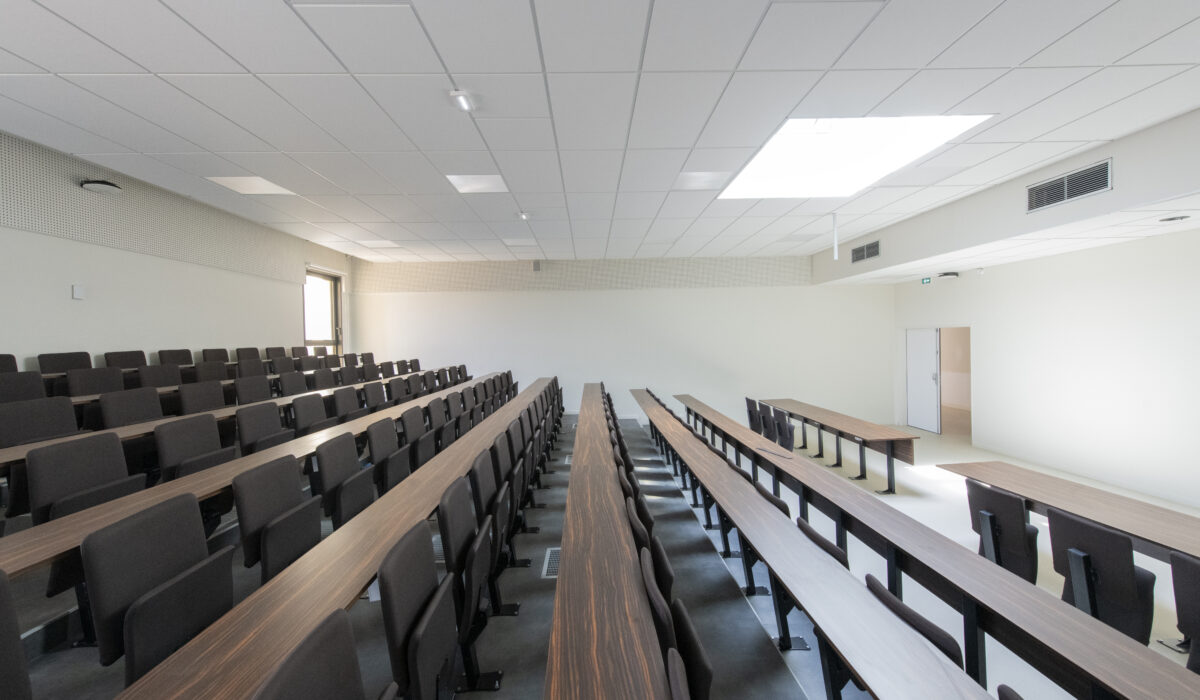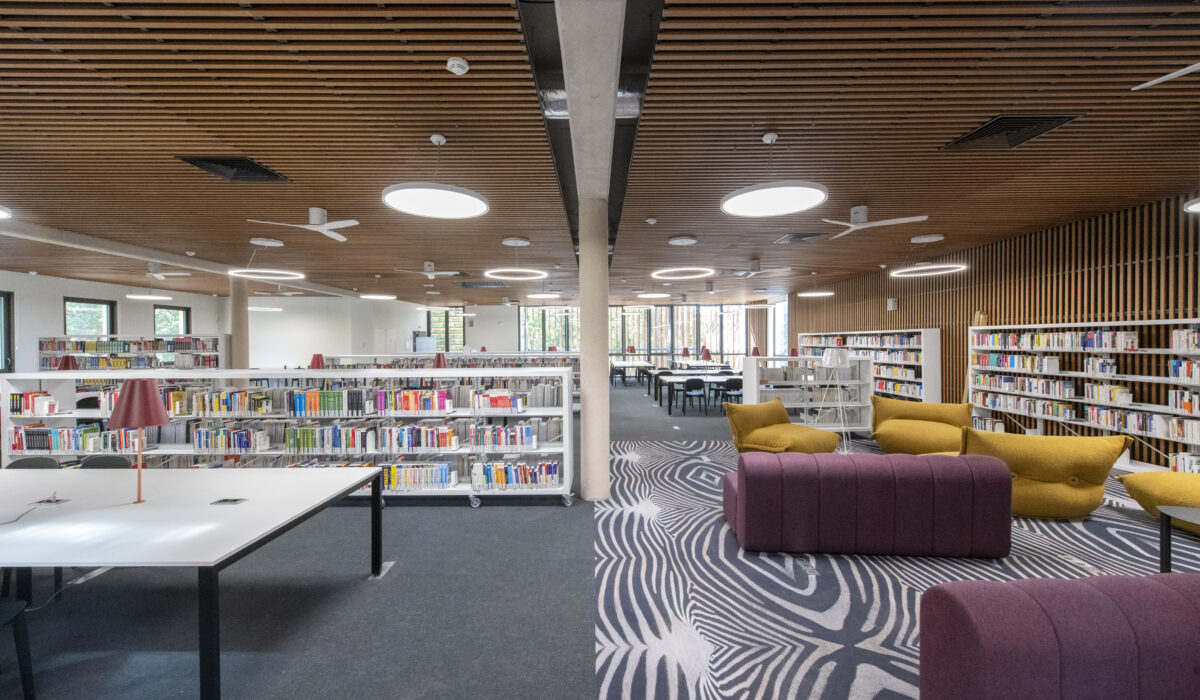
ARITECH ENGINEERING is an engineering firm renowned for its expertise in electrical engineering. The company works on a wide range of projects, from commercial to industrial. It is developing its skills to meet new market expectations. In recent years, there has been a sharp increase in demand for BIM-integrated projects. To meet this demand, ARITECH has chosen to integrate innovative digital solutions. It is in this context that the company has adopted FTZ-BIM and SchemBAT, two software programmes designed to accelerate the transition to BIM.
A first large-scale BIM project
The Écocampus ‘La Pauliane’ project in Aix-en-Provence marked a decisive step for ARITECH. Thomas S. from the Design Office explains that it was their ‘first major BIM project’. He also points out that ‘the client allowed an Open BIM process in IFC format’. These constraints required a profound transformation of working methods. It was no longer enough to simply produce construction plans; the model had to be completed with data from the electrical package. The implementation of FTZ-BIM interfaced with SchemBAT made it possible to overcome this hurdle without disrupting the methods already in place.
FTZ support and training
From the outset, FTZ supported ARITECH in this strategic transition. Thomas S. emphasises that the team received ‘specialised training on FTZ-BIM and its link with SchemBAT’. This support enabled them to quickly get to grips with the tools and integrate the new practices. The support facilitated understanding of the constraints associated with BIM. It also provided a clear methodology for managing this first project. By choosing to train directly on FTZ-BIM and SchemBAT, ARITECH was able to save valuable time and reduce uncertainty.
The concrete contributions of SchemBAT and FTZ-BIM
The use of SchemBAT played a decisive role in the project. Thomas S. points out that ‘device outputs, panels, cable trays and reservations are transferred directly from SchemBAT to the model.’ He also emphasises that this is done ‘without re-entry’. This automation saved a considerable amount of time in creating and modifying plans. It increased data reliability and simplified coordination between stakeholders. Thanks to its native connection with FTZ-BIM, SchemBAT enabled seamless integration into the model. Another key factor was compliance with project standards. Thomas explains that ‘the information specified in SchemBAT symbols is transcribed directly into the model’. He adds that this is done ‘according to customer requirements’. This automatic compliance, made possible by the combination of SchemBAT and FTZ-BIM, facilitated validation and accelerated exchanges between ARITECH and the other parties involved.
Tangible results and sustainable momentum
The contribution of FTZ-BIM and SchemBAT software had an immediate effect. Thomas S. sums up the experience: ‘We saved time with a direct link between the execution plans and the model.’ This first project demonstrated the value of successful integration. It proved that a BIM project could be carried out effectively from the very first attempt. It also strengthened ARITECH’s confidence in its ability to manage complex projects. Today, the trend is continuing. Thomas observes that ‘there are more and more BIM projects.’ This development confirms the importance of choosing our solutions to support this evolution.
Conclusion: a formative experience with FTZ
With the Écocampus in Aix-en-Provence, ARITECH has taken a major step forward. The project has enabled new methods to be tested and their benefits measured on large-scale projects. Thanks to FTZ-BIM and SchemBAT, the company has become more efficient and reliable. As Thomas S. points out, experience has shown that it is possible to ‘move from a traditional project to a BIM project without disrupting everything’. This testimony illustrates how targeted support and adapted software can turn a constraint into an opportunity. With FTZ as its partner, ARITECH is now tackling new BIM projects with a proven methodology.





